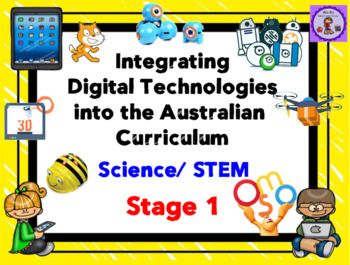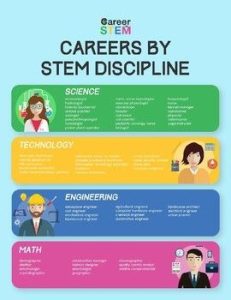
In today’s fast-paced digital world, technology has become an integral part of our everyday lives. From smartphones to smart homes, the impact of technology is undeniable. As educators strive to prepare students for the future, it is essential to integrate technology into the curriculum, especially in the fields of Science, Technology, Engineering, and Mathematics (STEM). In this article, we will explore the benefits of incorporating technology in STEM education and provide practical tips for educators looking to enhance their curriculum.
The Benefits of Integrating Technology in STEM Education
1. Engaging and Interactive Learning: Technology can make complex concepts more accessible and engaging for students. Interactive simulations, virtual labs, and educational games can help students visualize abstract ideas and strengthen their understanding of STEM concepts.
2. Real-world Applications: By using technology in the classroom, students can see the real-world applications of their learning. Virtual field trips, online research projects, and collaborative coding exercises can help students connect theoretical concepts to practical scenarios.
3. Personalized Learning: Technology allows for personalized learning experiences, where students can learn at their own pace and receive immediate feedback. Adaptive learning platforms, online quizzes, and interactive tutorials can cater to individual student needs and preferences.
Practical Tips for Integrating Technology in STEM Curriculum
1. Start Small: Begin by incorporating simple technology tools, such as online resources, educational apps, or interactive whiteboards. Familiarize yourself with these tools before exploring more advanced technologies.
2. Collaborate with Technology Experts: Reach out to technology experts in your school or community to gain insights and guidance on integrating technology in the STEM curriculum. These professionals can provide valuable advice and support throughout the process.
3. Provide Professional Development: Offer training sessions and workshops for educators to develop their technology skills and digital literacy. Encourage continuous learning and exploration of new technologies to stay updated and innovative in the field of STEM education.
Conclusion
Integrating technology in the STEM curriculum can enhance student learning experiences, promote critical thinking skills, and prepare students for the digital era. By incorporating interactive tools, real-world applications, and personalized learning experiences, educators can create a dynamic and engaging STEM curriculum that inspires students to pursue careers in science, technology, engineering, and mathematics. Through collaboration, professional development, and a willingness to embrace new technologies, educators can empower students to thrive in an increasingly digital world.
In conclusion, technology is a powerful tool that can revolutionize STEM education and prepare students for the challenges and opportunities of the future. By integrating technology in the curriculum, educators can create a stimulating and interactive learning environment that fosters creativity, innovation, and a passion for STEM subjects.

